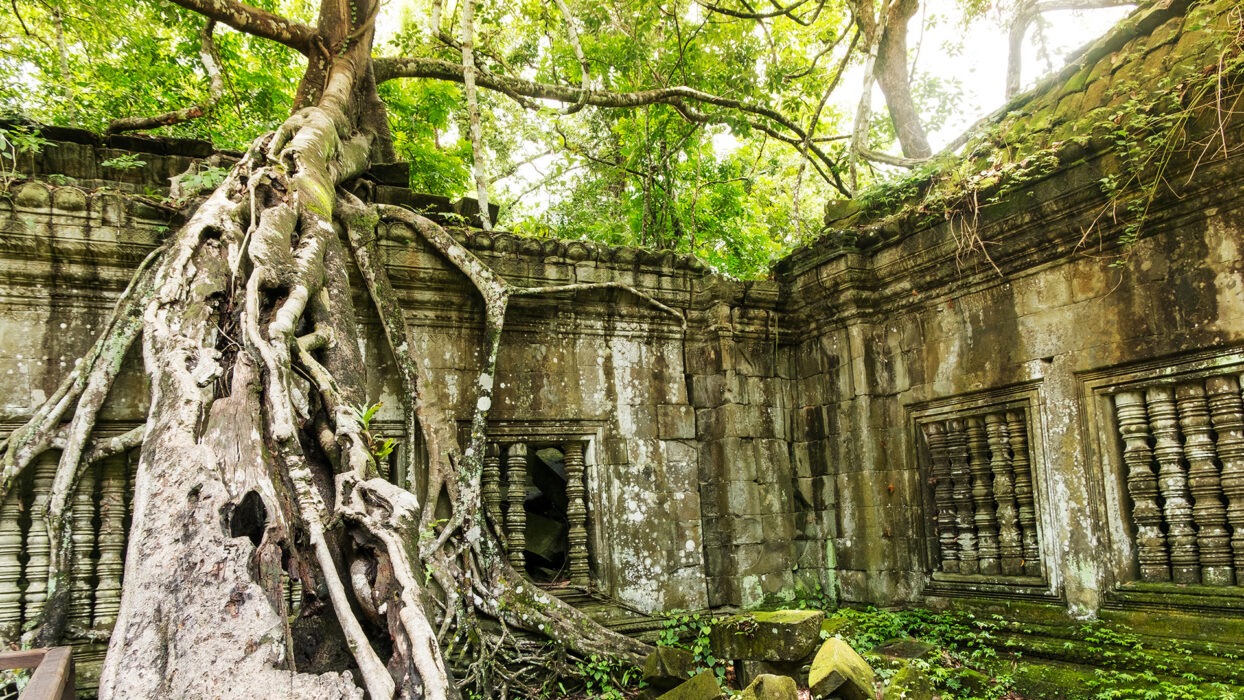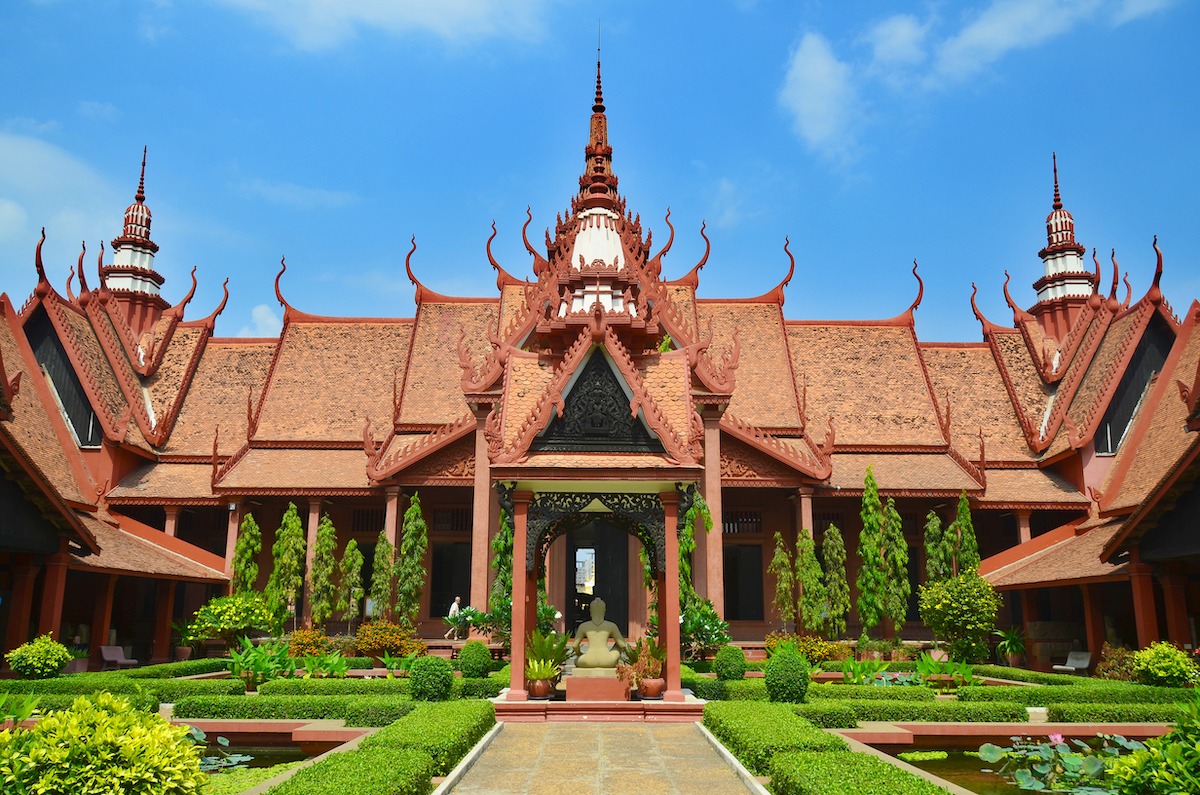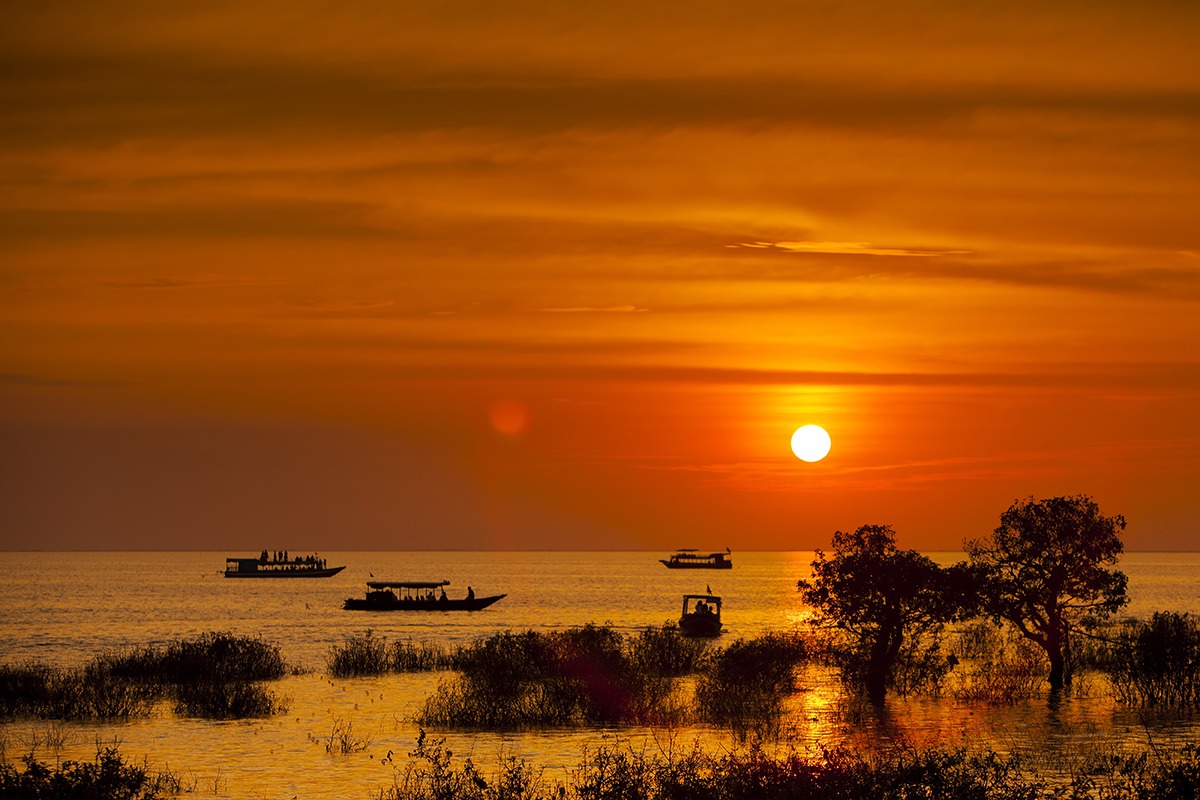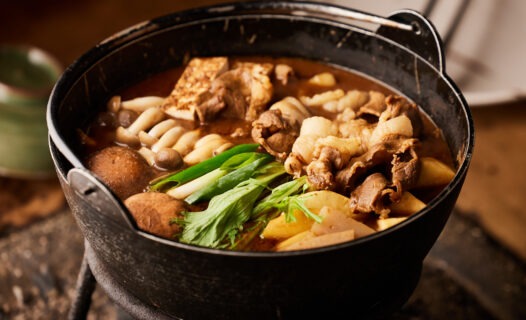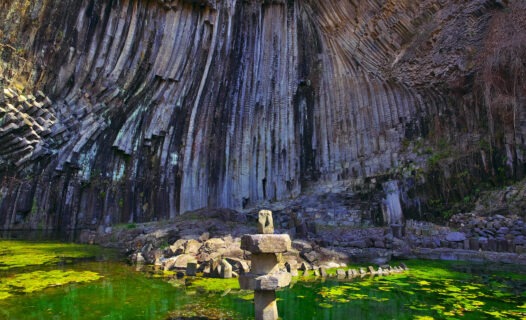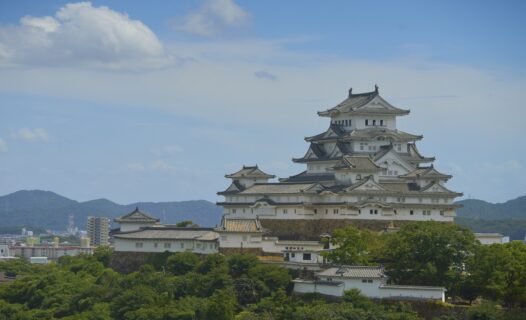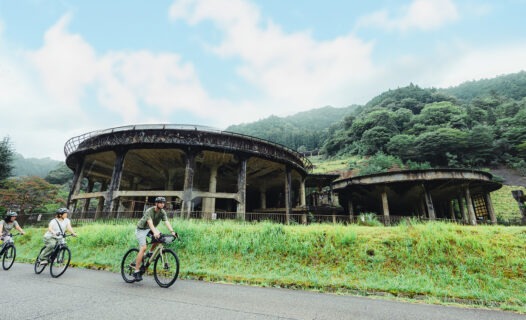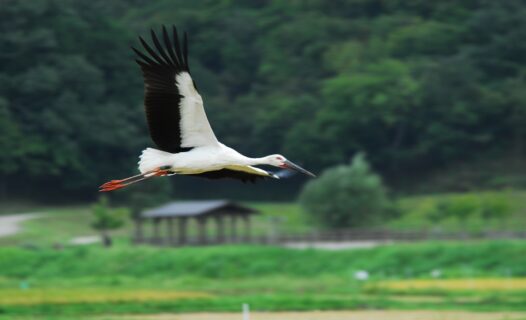There’s never been a better time to explore Cambodia. From the iconic temples of Angkor to the laid-back beaches of the south, the country is packed with wonder, charm, and increasing convenience. Thanks to expanded digital infrastructure and mobile tech, traveling in Cambodia is easier and more rewarding than ever, especially when you travel with Visa. Whether you’re navigating transportation, checking in, or dining out, travel with your Visa card opens the door to smoother transactions, exclusive offers, and helpful travel tools. Plus, it is accepted at more Cambodia attractions and locations across the country than ever before. Here’s everything you need to know to make the most of your trip.
Essential Apps for Your Trip to Cambodia
One of the best Cambodia travel tips is that having the right apps on your phone can make your journey even smoother. Here are a few must-haves, some of which also work conveniently alongside your Visa card for even more perks and benefits along the way.
- eArrival App — Save time at immigration by completing your arrival process digitally before you land. It’s quick, easy, and eliminates the need to fill out paperwork at the border, helping to streamline your arrival.
- Bakong Tourist App — Cambodia’s leading digital wallet allows you to top up using your Visa card and pay via QR code at a wide variety of shops and eateries–even street food stalls! This is a great way to limit cash handling while staying mobile-friendly.
- MOVE by LM Car — Booking transportation in Cambodia has never been easier. With MOVE, you can order safe, metered rides. It is also ideal for avoiding fare haggling or inflated tourist prices. Visa cardholders even get access to special deals and discounts on rides.
- Telegram — Cambodia’s favorite messaging app. Use it to stay in touch with local businesses, hotels, and even transport providers. Many businesses share menus, booking confirmations, or updates via Telegram, so it’s definitely worth having.

Money Matters: Spend Smarter with Visa
When you’re traveling in Cambodia, being smart about your spending can make a big difference, and Visa can help even more. With more ways to pay, track, and save, your Visa card lets you sidestep the usual travel money headaches. Skip the stress of withdrawal fees, the risk of losing wads of cash, or the guesswork of changing money at border kiosks. Instead, enjoy secure, digital-friendly spending that works in more places than ever. With Visa, you can:
- Pay conveniently — No need to worry about carrying exact change or lining up at ATMs. With Visa, you can swipe, tap, or scan your way through Cambodia with ease. You can also link it to the Bakong Tourist App for smooth QR payments, even at smaller vendors.
- Track your spending — When using your Visa, you’ll be able to keep track of real-time transaction updates to stay on top of your budget without second-guessing. It’s a great way to keep your daily spending in check, especially when hopping between markets, cafes, museums, and islands.
- Enjoy exclusive offers — Your Visa card isn’t just a payment method, it’s a pass to numerous perks like discounted rides through MOVE by LM Car, special promotions at select restaurants, or limited-time hotel deals. It’s an easy way to get more out of all of the best places to visit in Cambodia without actually spending more.
- Access necessary travel tools — Visa gives you access to tools that are surprisingly handy when you’re on the move. Use the Global ATM Locator to find the nearest secure cash withdrawal point if you ever need it. Need to check if you’re getting a fair exchange rate? The Currency Exchange Calculator has you covered. And for all those little questions that pop up as you travel, Visa Concierge is there to help.
LEARN MORE ABOUT VISA
Transportation Tips in Cambodia
Getting around in Cambodia is a big part of the fun and adventure. Plus, Cambodia transportation has become more efficient and traveler-friendly than ever, and, with Visa, you can move around the country with greater ease, flexibility, and peace of mind.
One of the easiest and safest ways to move around is with the MOVE by LM Car app. This ride-hailing service offers fixed pricing, vetted drivers, and transparent, cashless payments. No more haggling over fares or second-guessing if the meter’s been rigged. All you have to do is book through the app, pay with your Visa card, and be on your way. MOVE is available in Phnom Penh, Siem Reap, and other major cities, and it’s continually expanding to new locations.
Of course, at some point in your trip, especially depending on where you go, you may end up taking a local taxi or tuk-tuk. These traditional Cambodia transportation options offer an authentic, fun, and often scenic way to get around. However, most of them still operate on a cash-only basis. If you prefer to use card or QR payment, it’s best to pre-arrange your ride through a service like MOVE or ask if the driver accepts Bakong app QR payments. As a general rule, always agree on a fare before hopping in to avoid any misunderstandings, especially in tourist-heavy areas.
Things to Do in Cambodia: Explore by Region
With Visa in your wallet, exploring Cambodia becomes a more seamless experience. From booking tours and accommodations online to scanning QR codes for your morning coffee, you’ll find it easier to go farther and enjoy all of the top places to visit in Cambodia.
Siem Reap
A top destination for anyone interested in history, spirituality, or architecture, Siem Reap is the gateway to Angkor Wat, Cambodia’s most iconic site. But there’s so much more to this northern city than temples. The town itself buzzes with energy, offering bustling night markets, traditional Apsara dance performances, artisan workshops, and cosmopolitan cafes. After a long day exploring ancient ruins, use your Visa card to enjoy a relaxing dinner by the river or grab souvenirs from the Central Market without worrying about having exact change.
Phnom Penh
Phnom Penh, Cambodia’s capital, is a unique mix of colonial architecture and modern development. From the Silver Pagoda to the poignant Tuol Sleng Genocide Museum, it is a captivating city to explore. It’s also full of modern conveniences, including trendy restaurants, boutique hotels, and galleries that often accept Visa, making it easy to indulge in the growing food and art scenes. Whether you’re booking a dinner cruise on the Tonlé Sap or catching a ride to the Russian Market, your Visa card brings added security and ease to your day.
Coastal Areas
Cambodia’s coast offers a slower, more laid-back pace. Places like Kampot are known for their colonial-era charm and pepper plantations, while Kep draws visitors with its crab market and serene sea views. Sihanoukville, once a backpacker haven, has grown into a launch point for ferry trips to islands like Koh Rong. Best of all, seafood restaurants, boutique resorts, and even ferry operators are increasingly digital-friendly. You can book stays or transit in advance using your Visa, and more vendors are also embracing QR payments.
Mountain Regions
If you’re craving a cooler climate and a more rustic, immersive experience, head to the highlands. The provinces of Mondulkiri and Ratanakiri in the northeast are known for their beautiful waterfalls and rich traditional culture. Meanwhile, the Cardamom Mountains in Pursat Province are ideal for jungle trekking and wildlife spotting. These areas are less commercialized but not out of reach for travelers who like to stay connected. For example, many eco-lodges now offer online booking and accept digital payments. Experience the wild side of Cambodia without completely unplugging.
Other Areas
Cambodia’s charm goes beyond the big names. Battambang, often called the country’s cultural capital, is famous for its French colonial buildings and arts scene. In Kratie, meanwhile, visitors can catch a glimpse of rare Irrawaddy dolphins in the Mekong River. Another lesser-known gem is Kampong Cham, where travelers can explore bamboo bridges, riverside temples, and quiet countryside that offer a more authentic slice of Cambodian life. These spots may be smaller, but they’re packed with Cambodia attractions, and they are becoming easier to navigate with Visa. Guesthouses, local restaurants, and even bus companies are adopting card and QR payments, making traveling in Cambodia simpler than ever.
More Useful Tips for Visiting Cambodia
To make your journey even smoother, here are a few practical Cambodia travel tips that can help you get the most out of your visit.
Language
Khmer is the official language of Cambodia, but English is widely spoken in tourist-heavy areas like Phnom Penh, Siem Reap, and Sihanoukville. Chinese is accommodated in many areas as well. And while there is a language barrier in more rural regions, you’ll find basic English spoken even in small towns and by micro-vendors. Whatever the situation, Cambodians are famously warm and helpful.
Weather
Cambodia’s tropical climate means it’s generally warm year-round, with two main seasons: dry and wet. The dry season (November to April) is the most popular time for tourists, offering sunny skies and lower humidity perfect for sightseeing and temple-hopping. The rainy season (May to October), while more humid and wetter, has its own appeal. Landscapes turn lush and green, and tourist crowds thin out. Just be prepared with a rain jacket or umbrella and quick-drying shoes or sandals. Sun protection, including sunscreen, sunglasses, and a hat, is essential no matter the time of year.
Accommodations
You’ll find a wide range of accommodations when traveling in Cambodia, from five-star hotels and boutique resorts to family-run guesthouses and eco-lodges. Many of these properties can be booked online through Agoda with Visa. Some hotels may offer additional incentives for Visa cardholders, so it’s worth checking for deals before you book. If you’re staying in smaller guesthouses or eco-lodges, having the Bakong app on hand can also make paying on-site quick and easy.
BOOK YOUR STAY IN CAMBODIA WITH VISA
Plan, Pack, and Pay with Visa
Imagine landing in Phnom Penh with your accommodations already booked, your rides pre-arranged with MOVE, and your mobile wallet topped up via Bakong. From sunrise at Angkor Wat to sunsets on the coast, Visa helps you stay focused on all of the best things to do in Cambodia rather than on the logistics. Visa is now accepted at millions of places across the country, so go ahead and book that eco-resort in Mondulkiri, order that plate of Kampot pepper crab, and schedule your ride to Siem Reap’s Pub Street to check out the nightlife knowing you’ve got a smart, secure way to pay.
Want to learn more about offers and perks for cardholders traveling in Cambodia? Visit Visa Offers and Perks today and start planning your next unforgettable trip.

